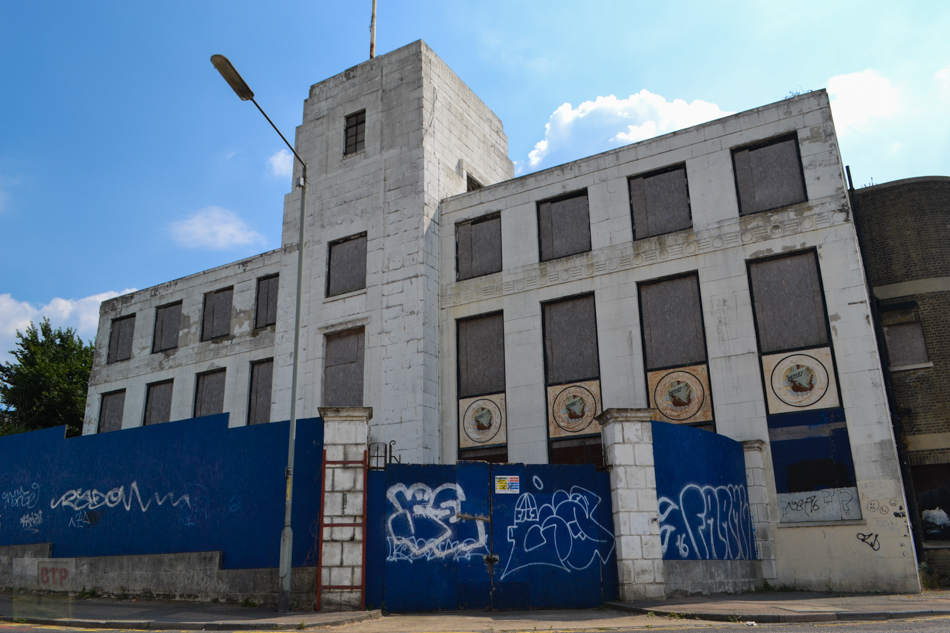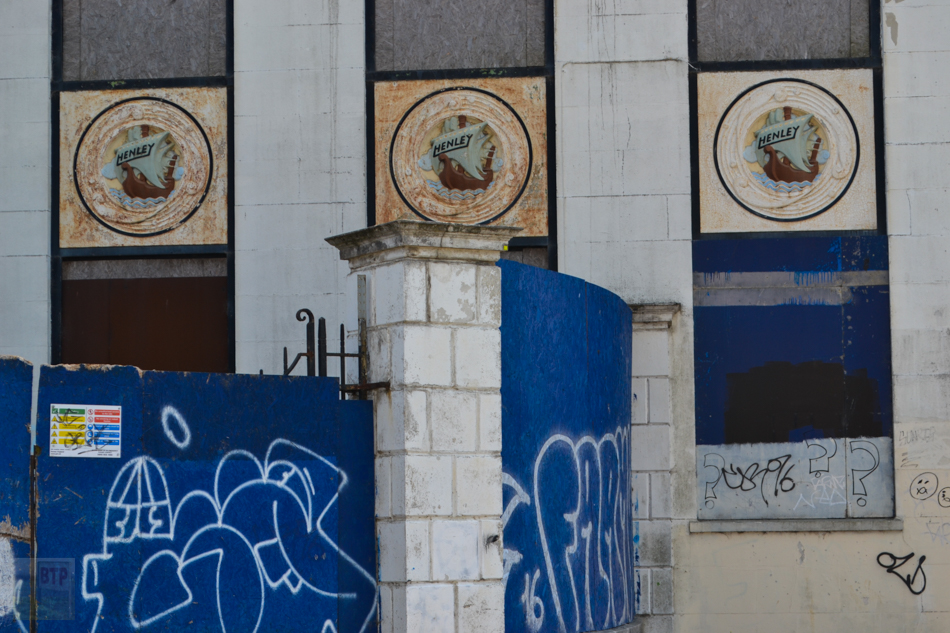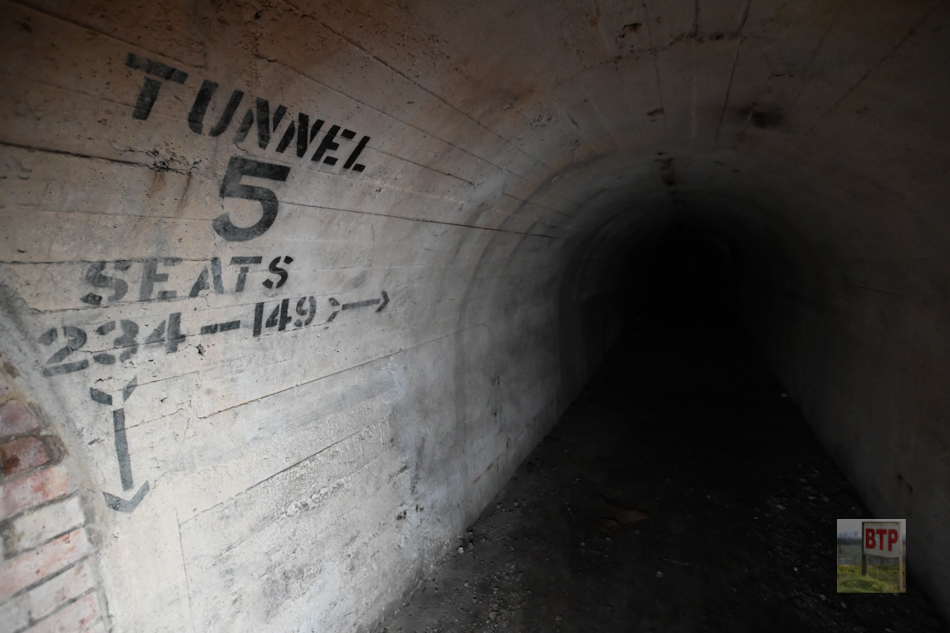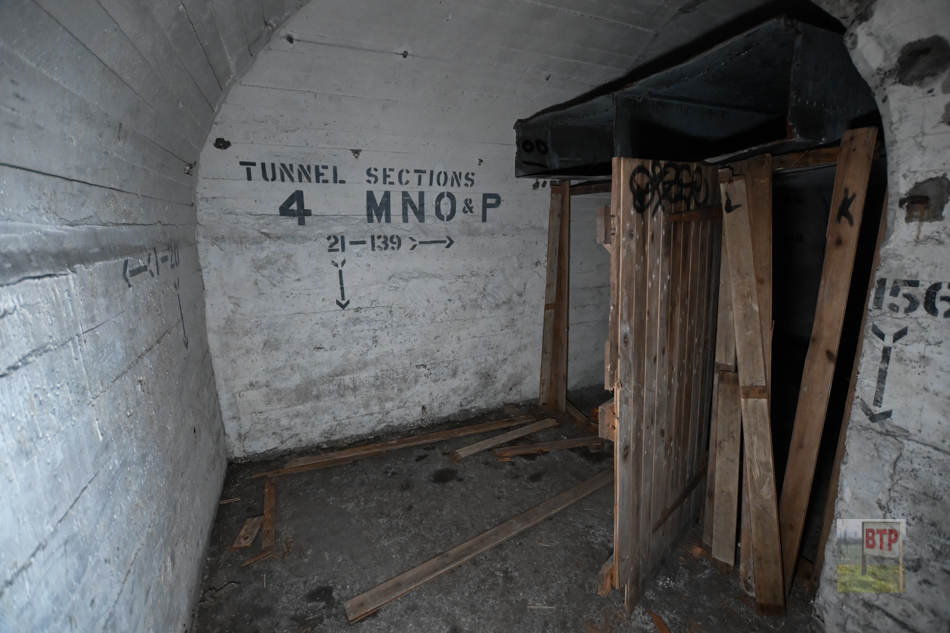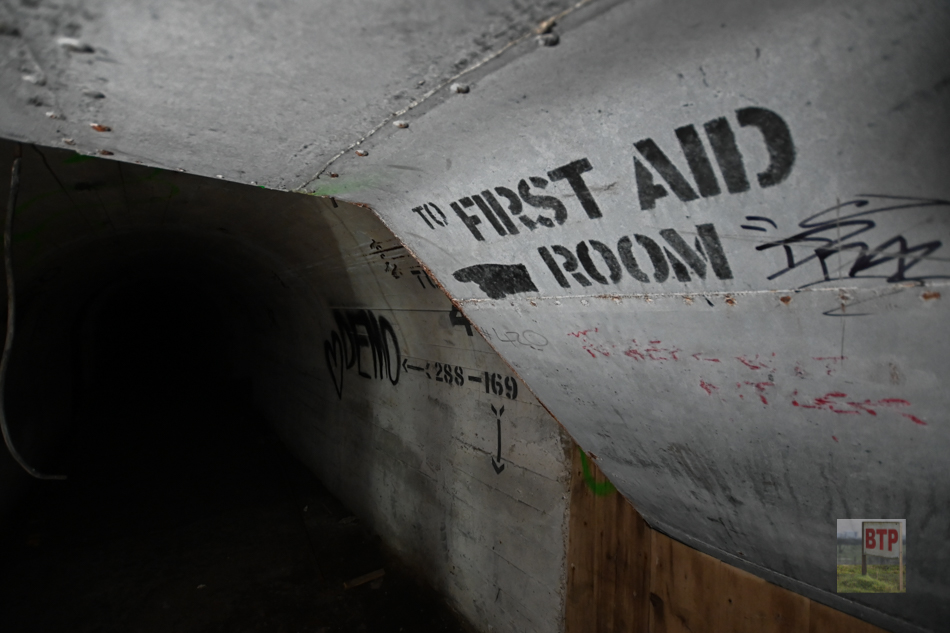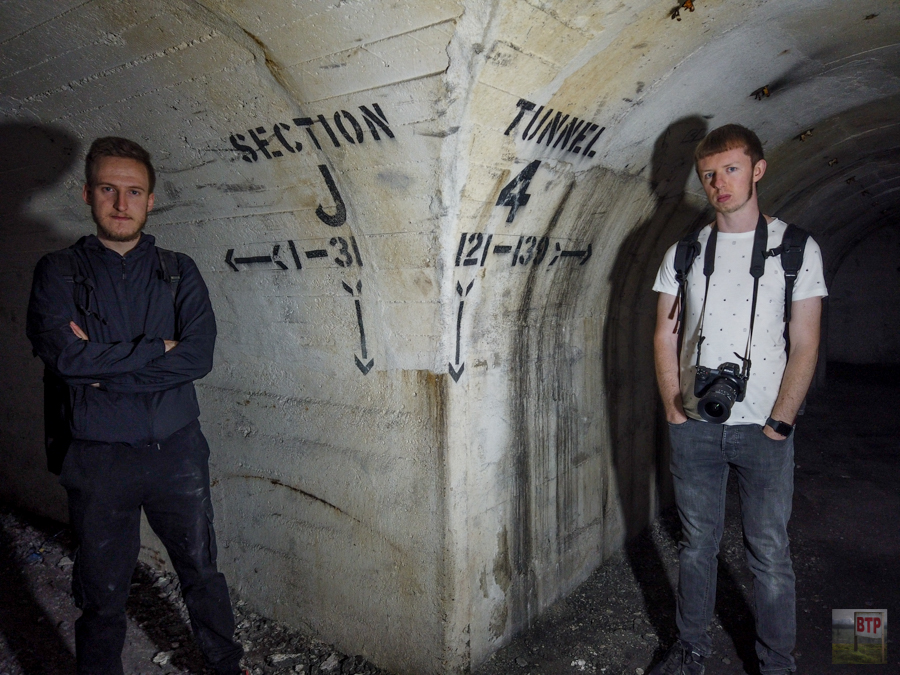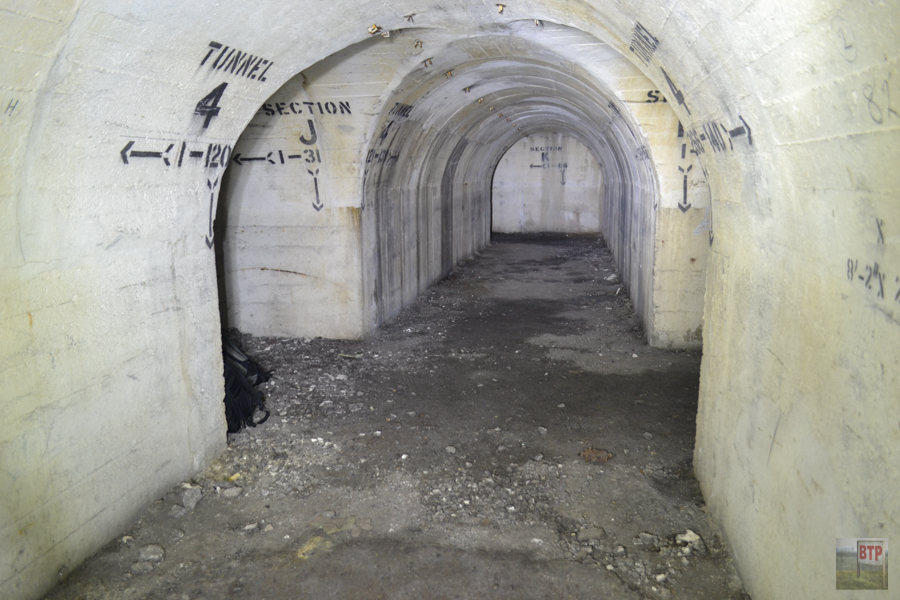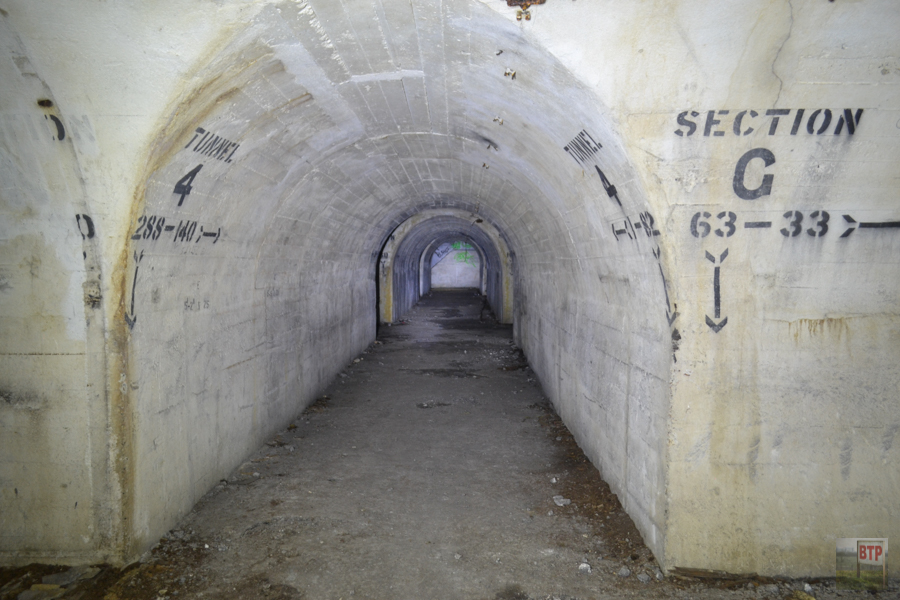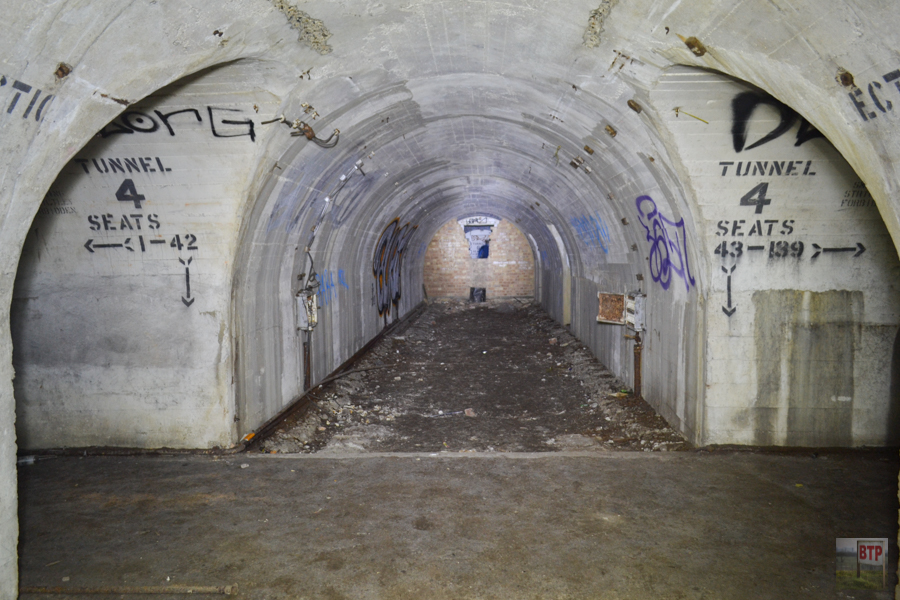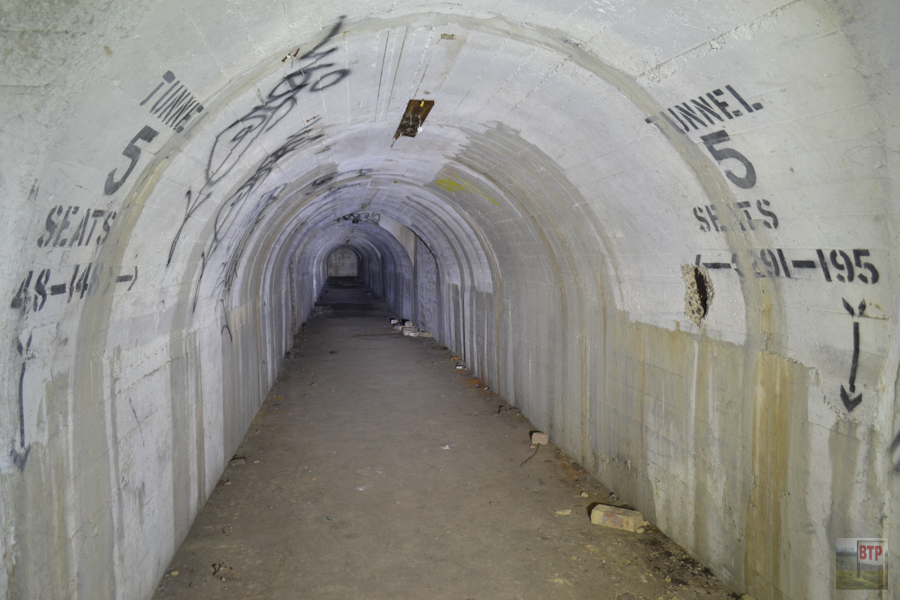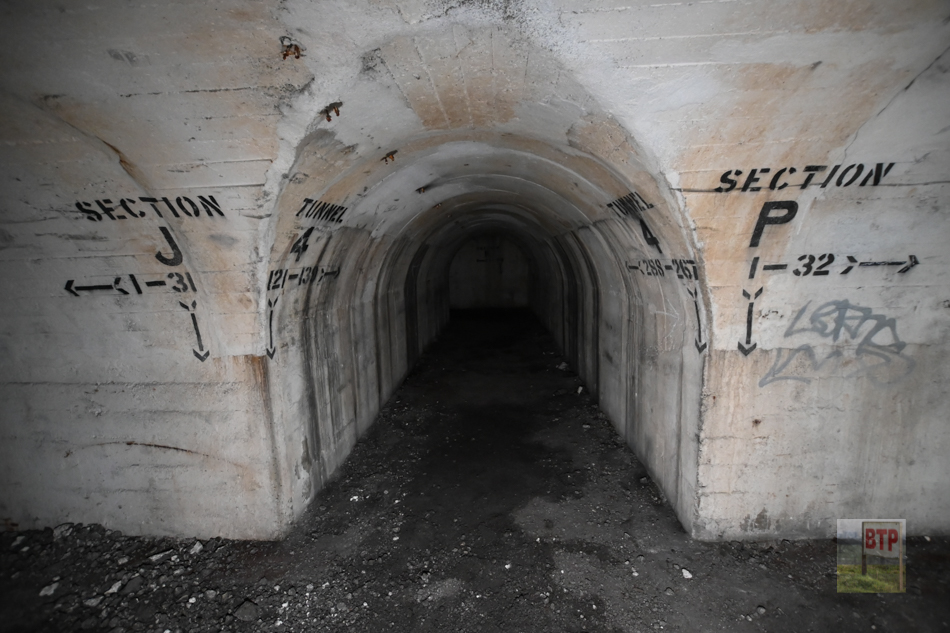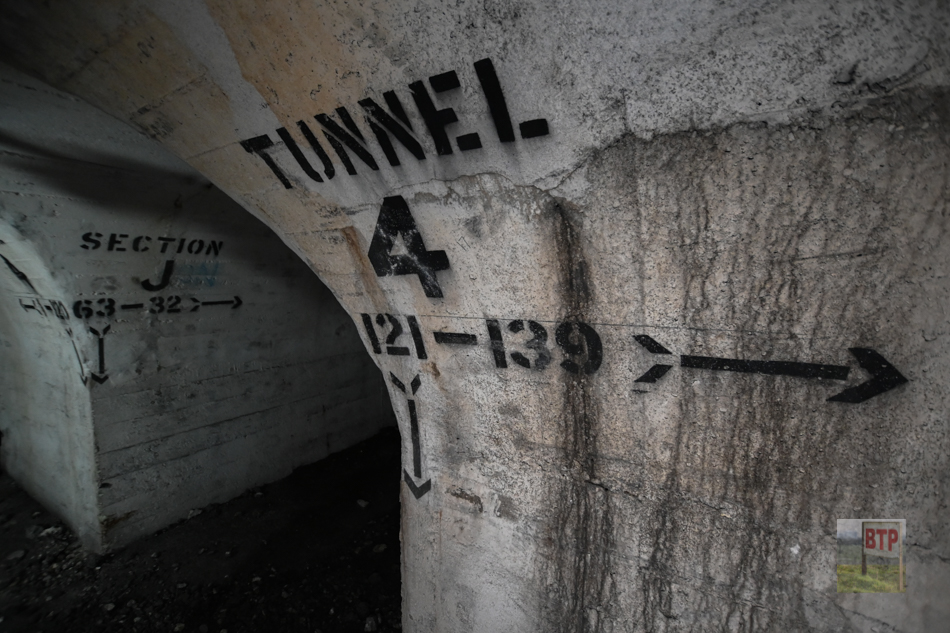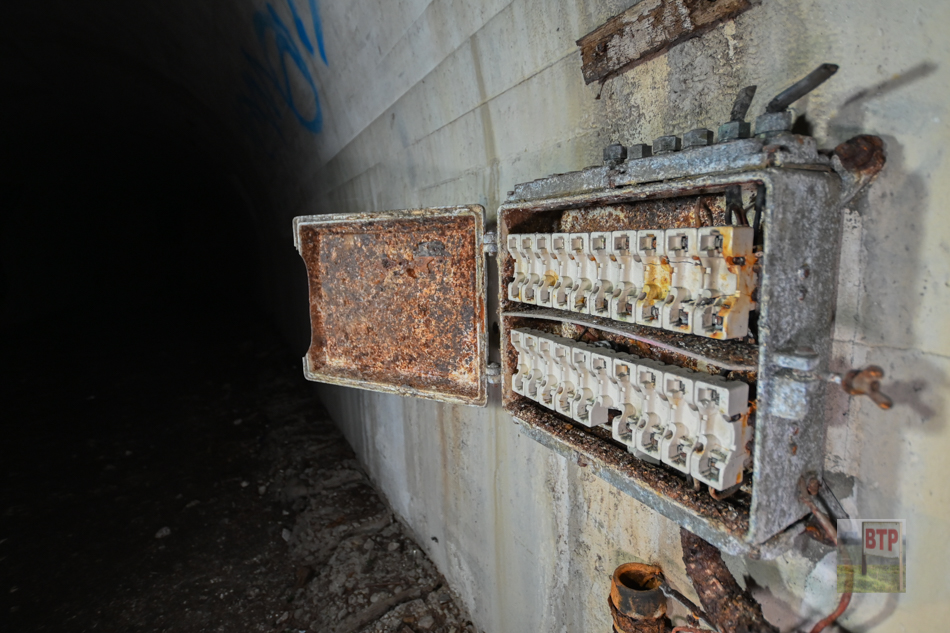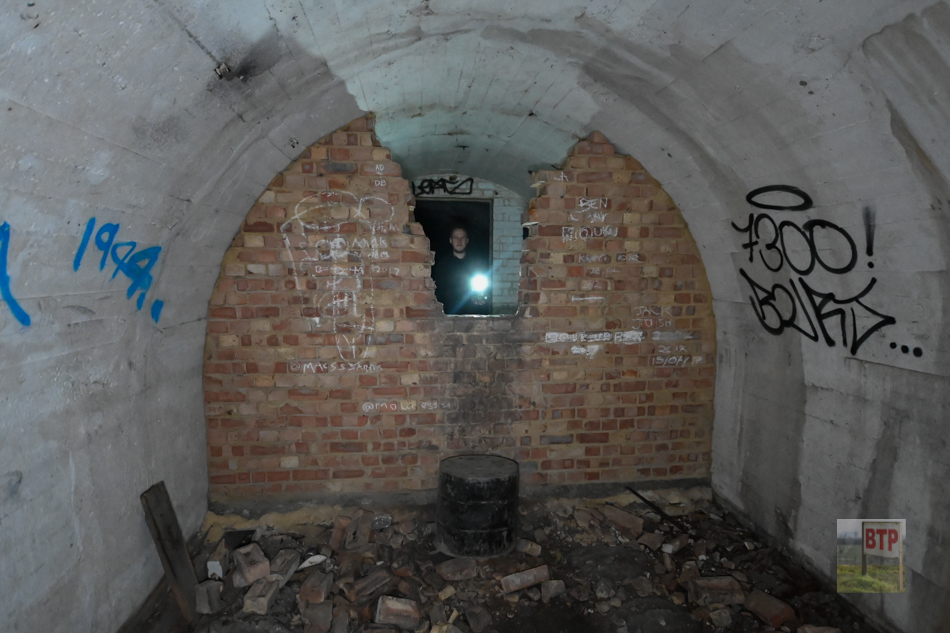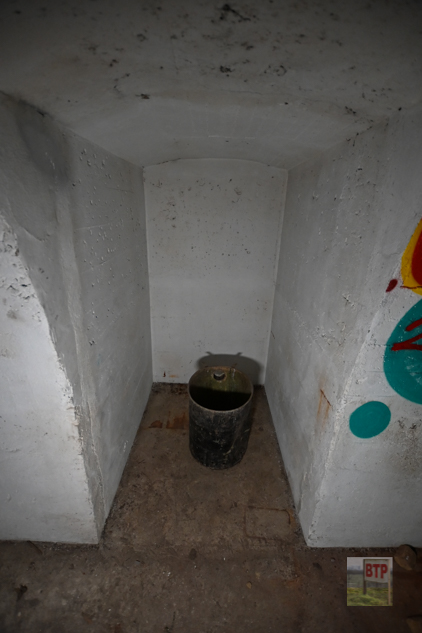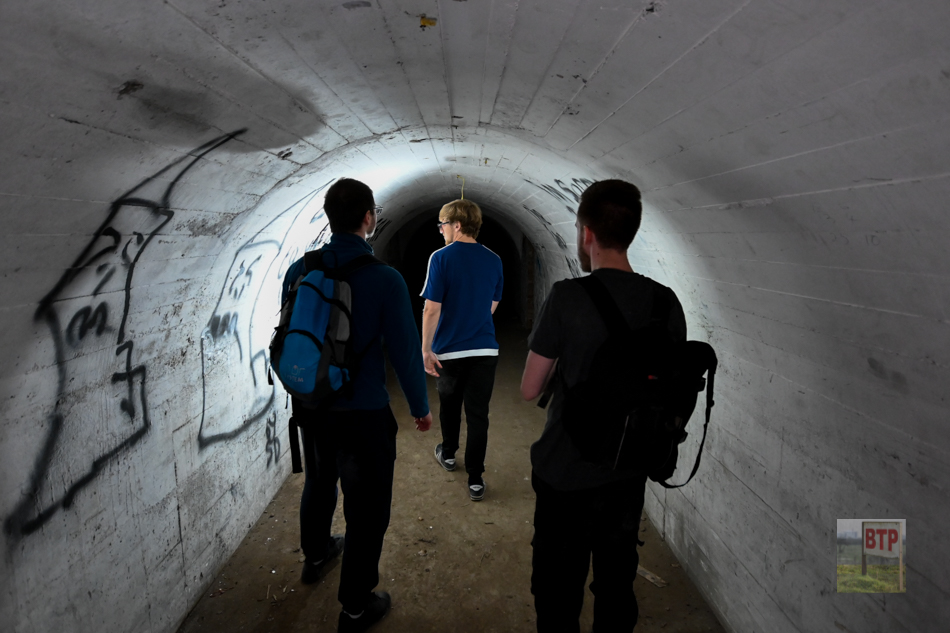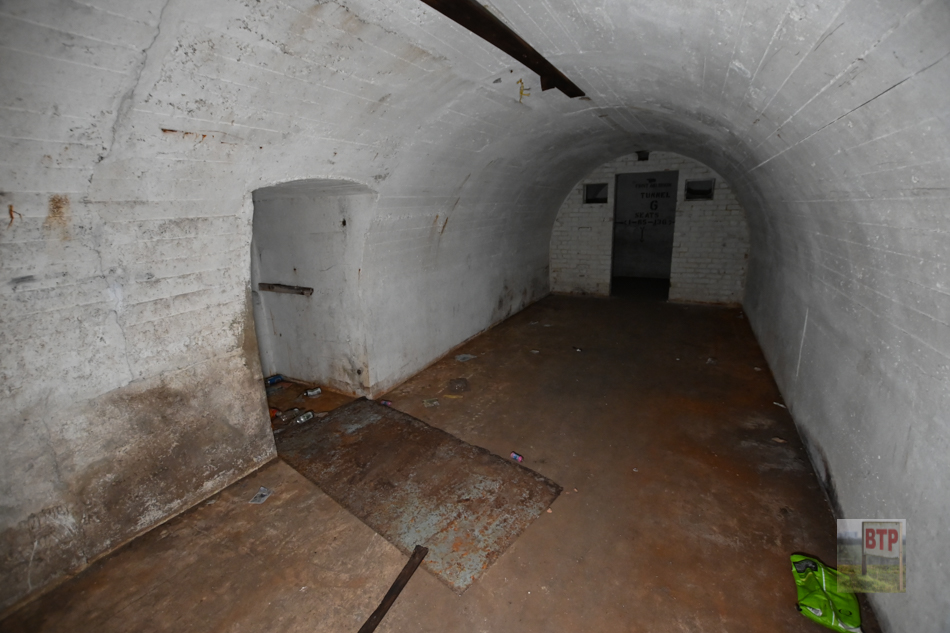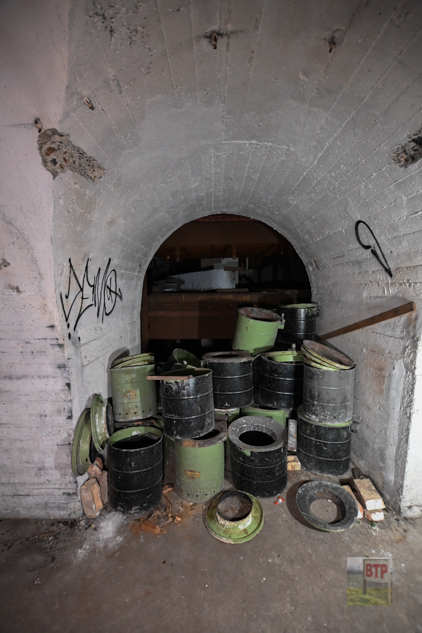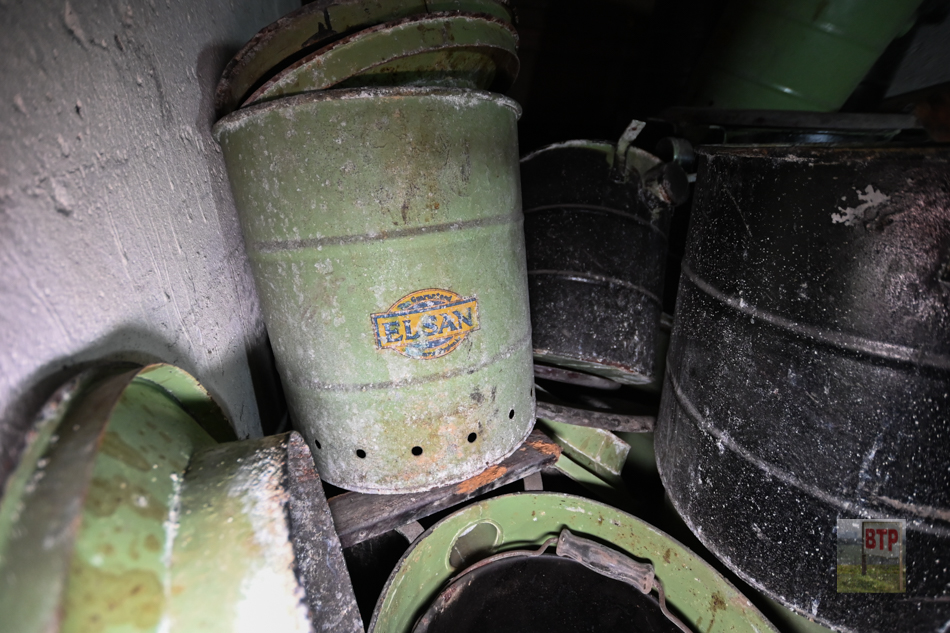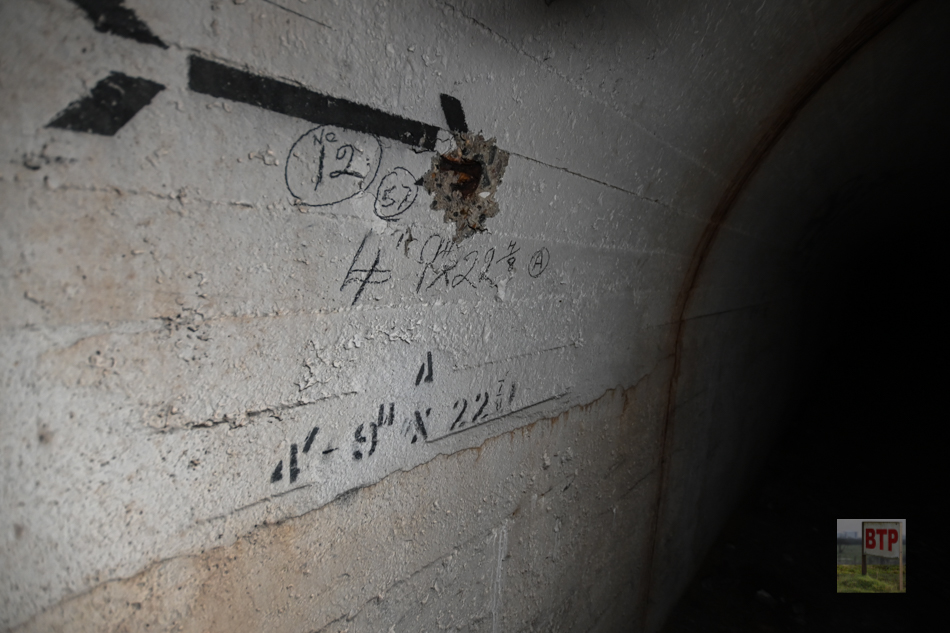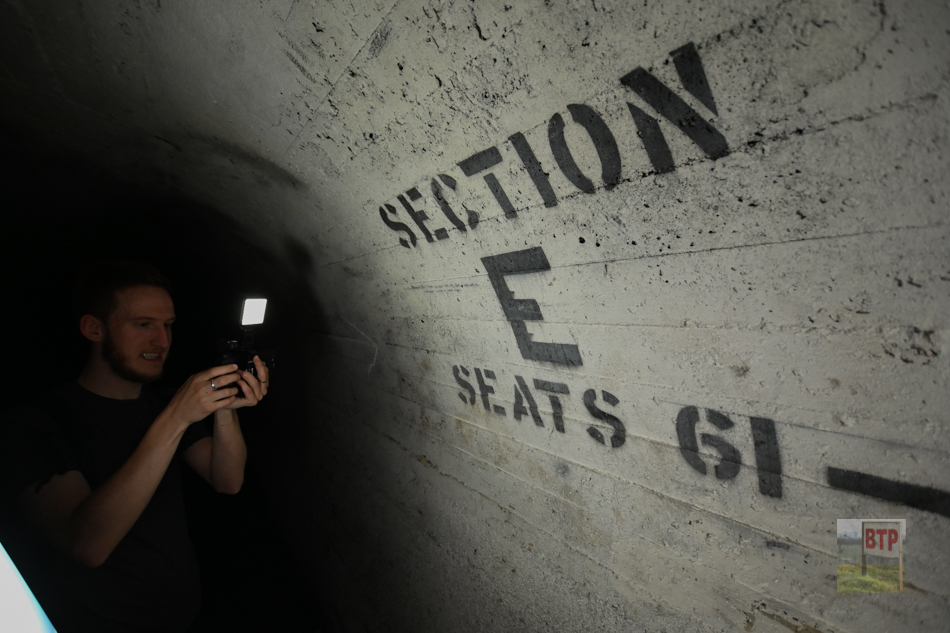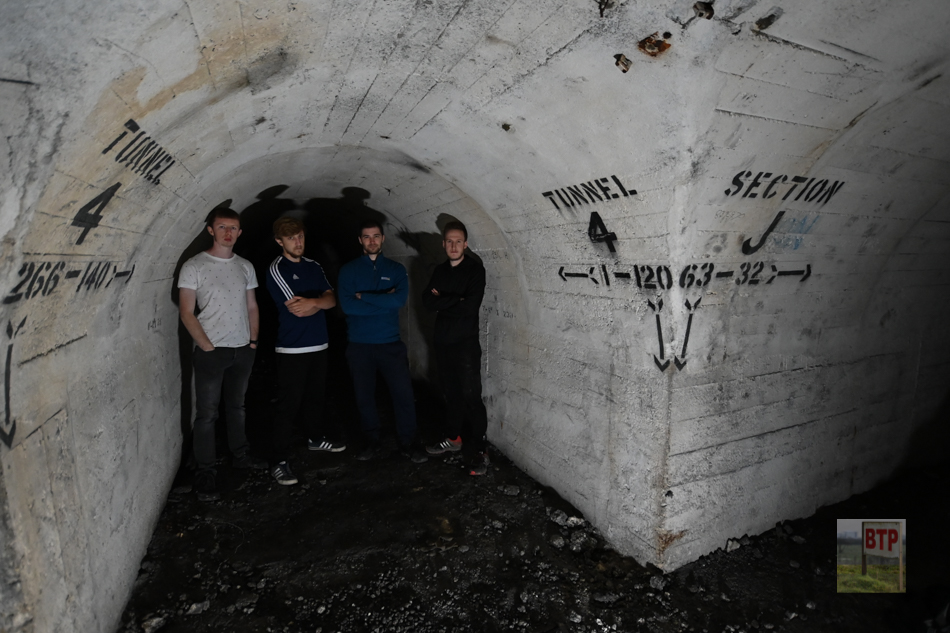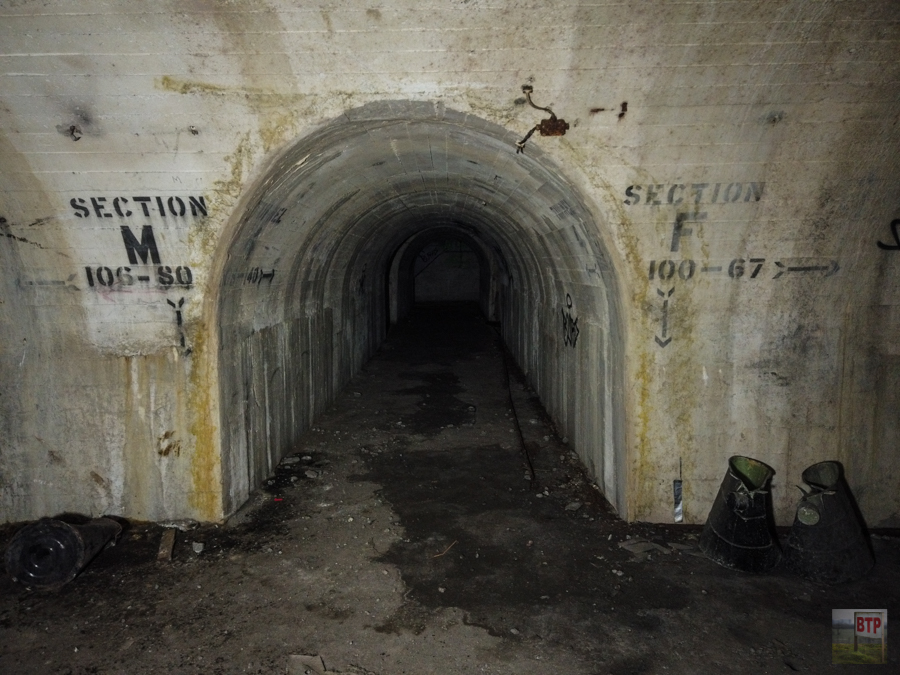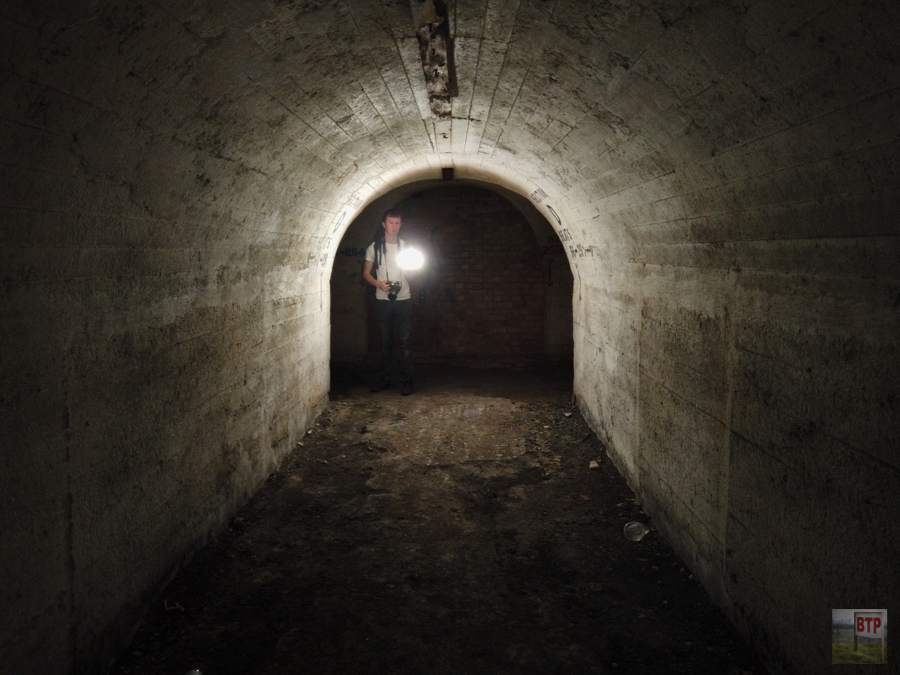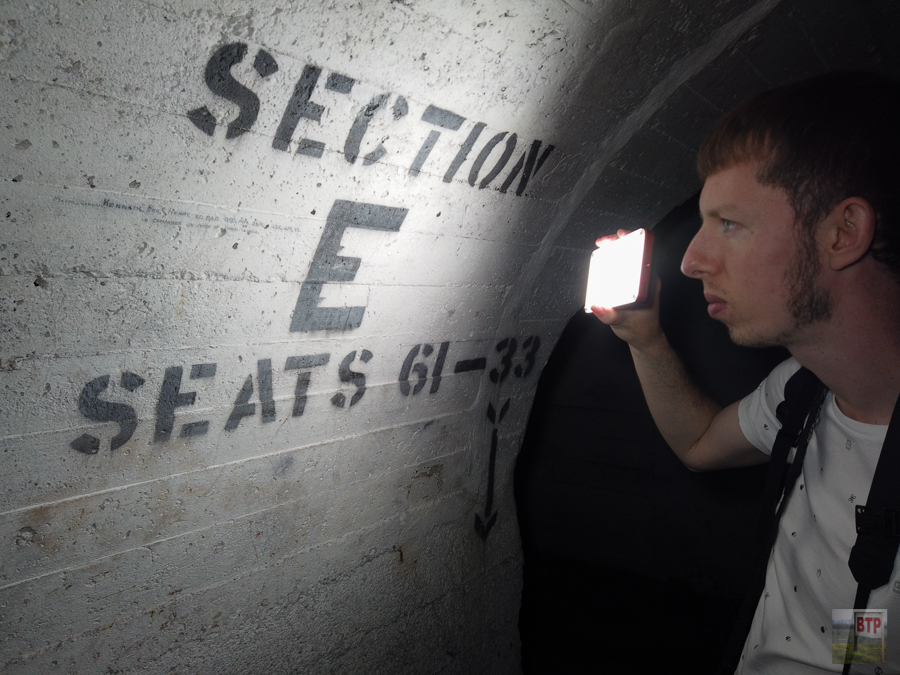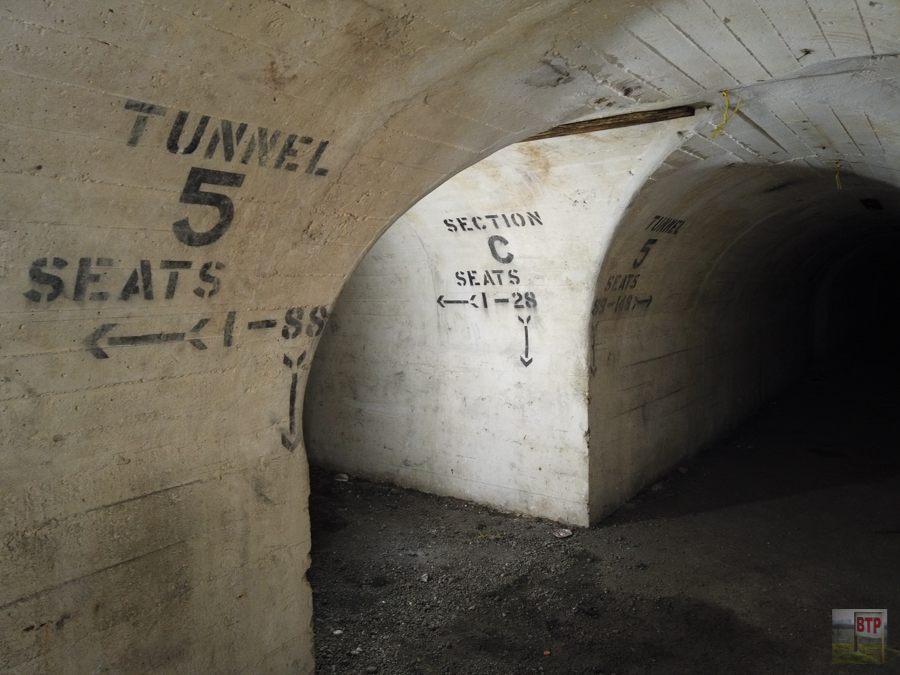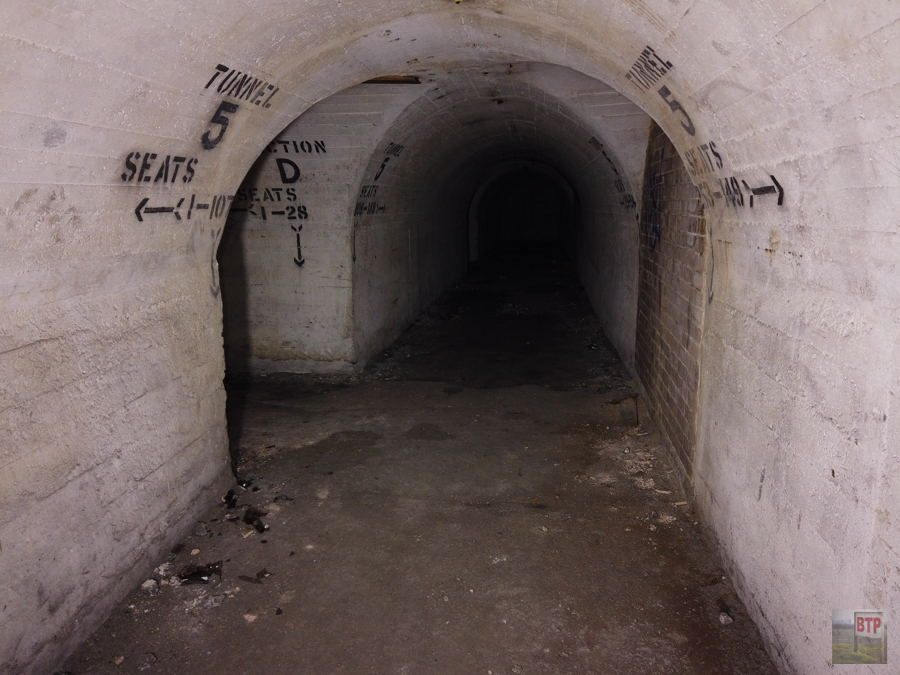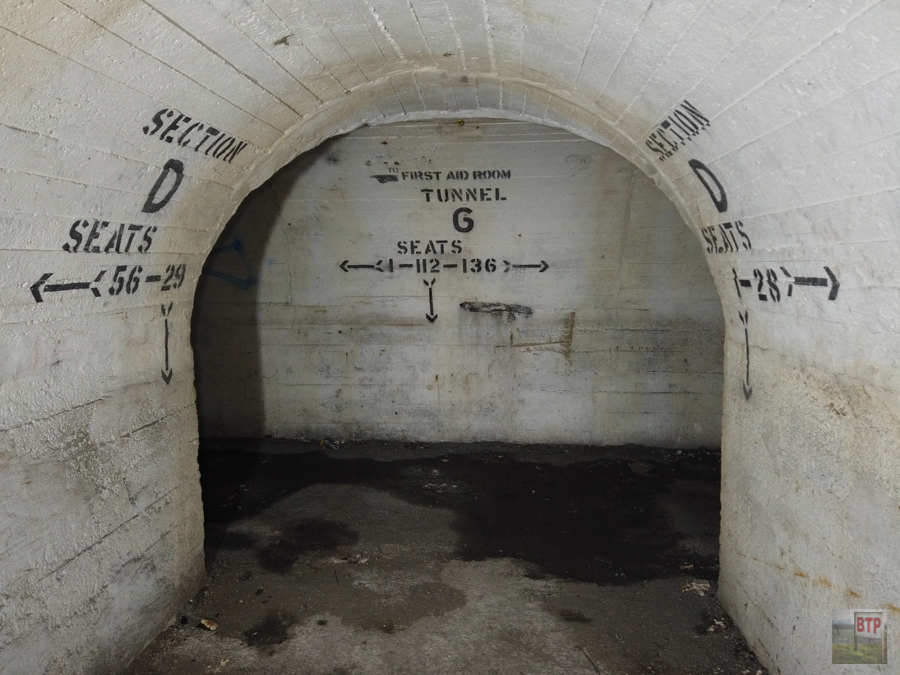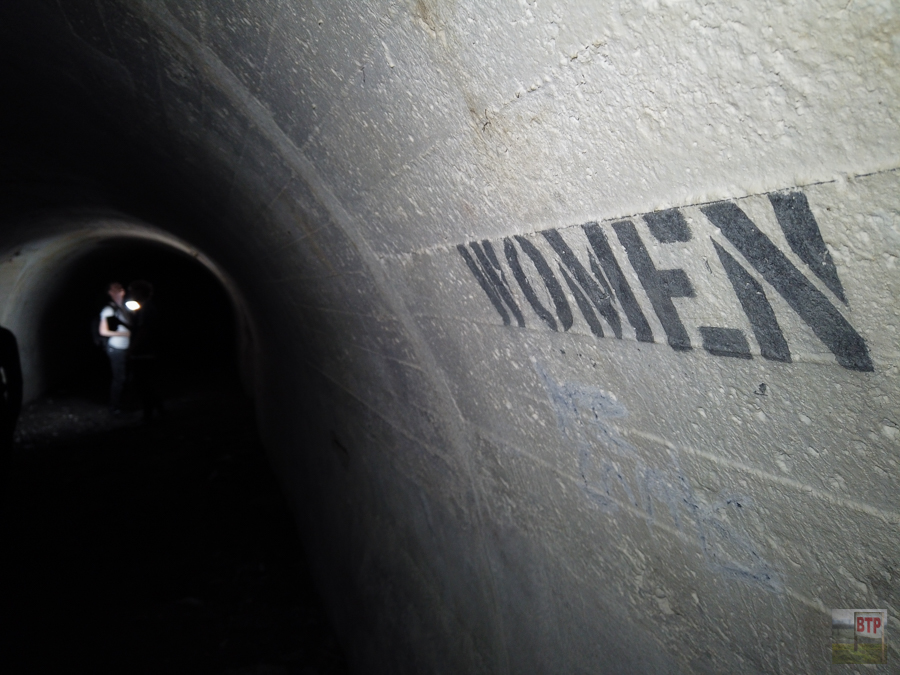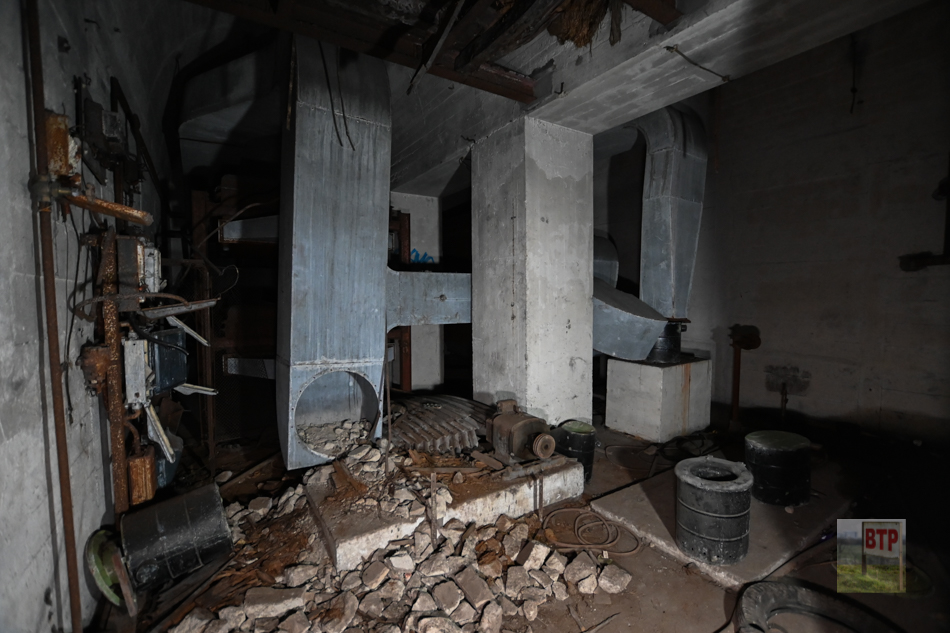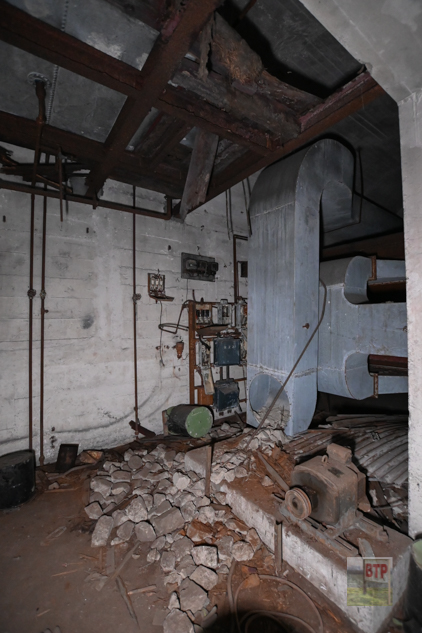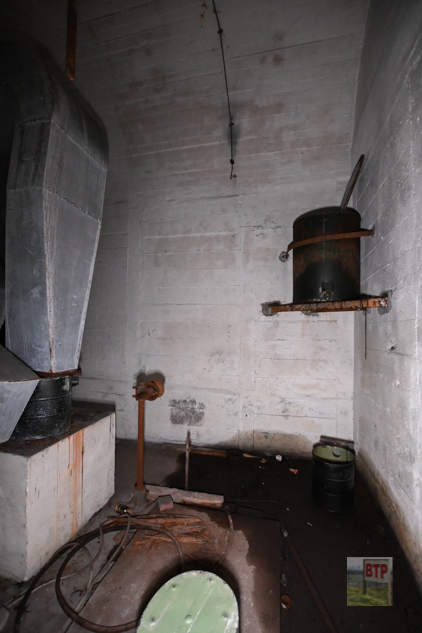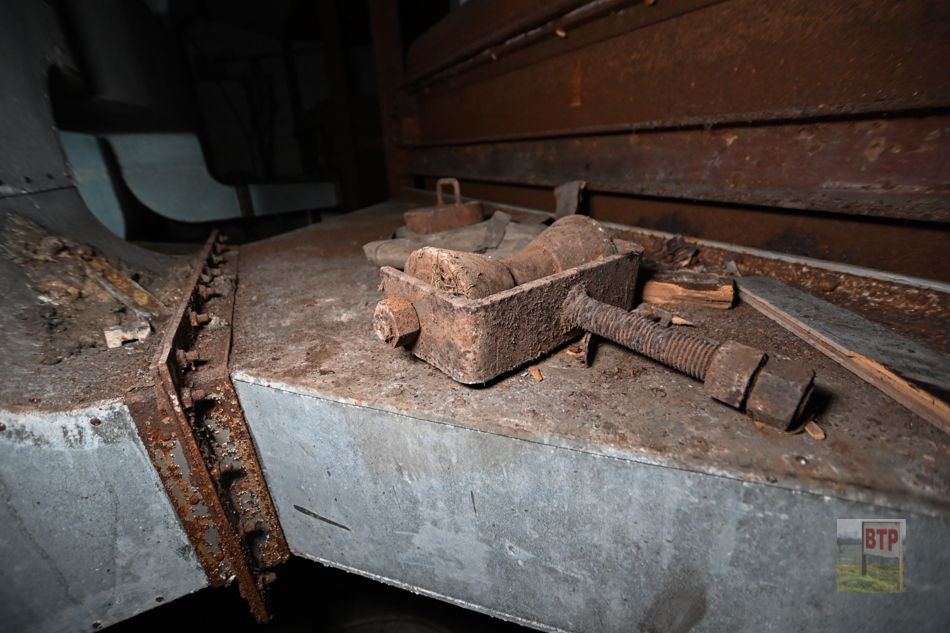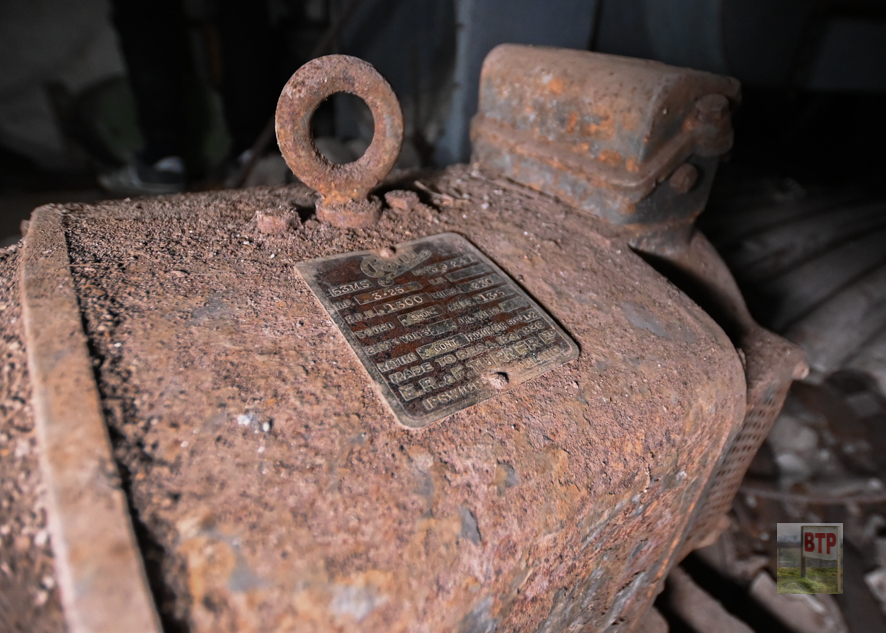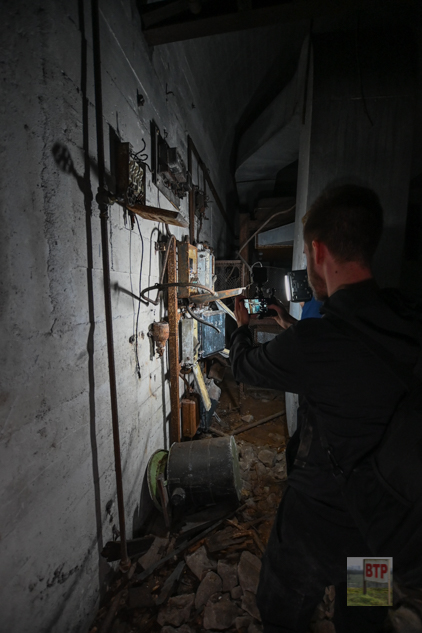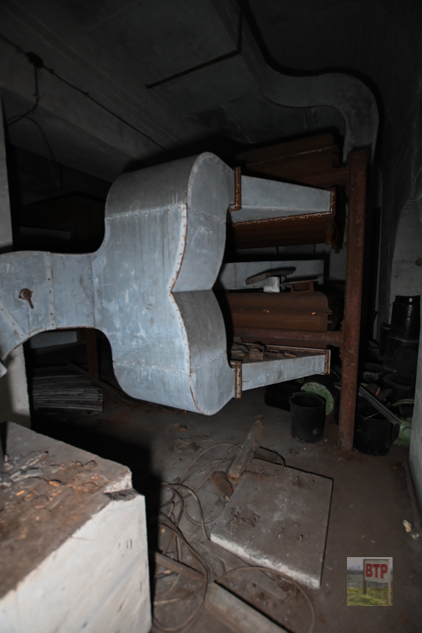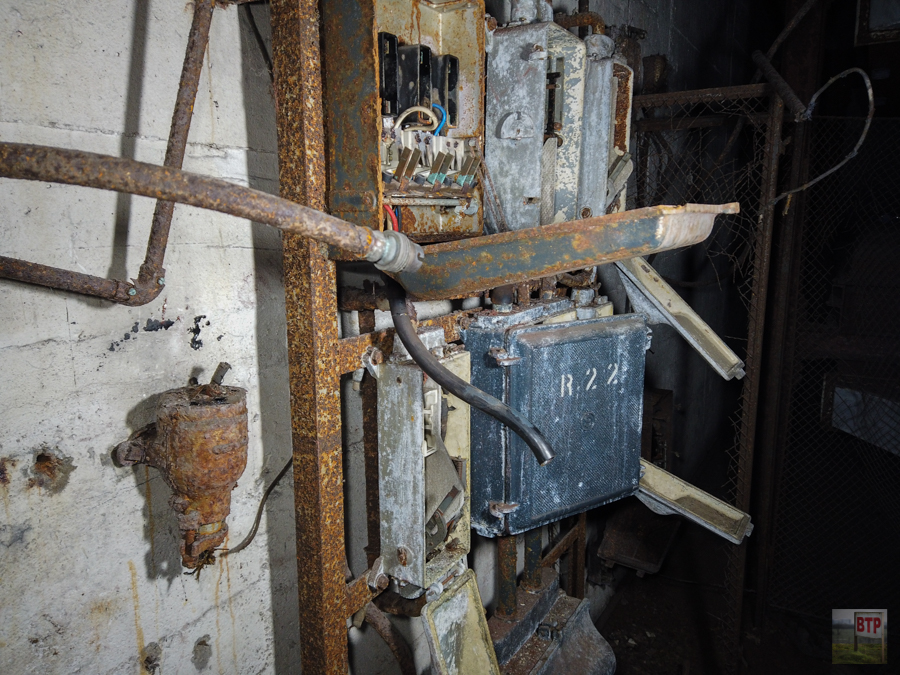The history of ‘Henley’s’ dates back to 1837 when WT Henley opened a worksop in London, manufacturing covered wires, and went on to become one of the leading electrical companies – most notably for their role in the development of submarine cables. In 1863 they won a contract with the Indian Government to build a 1615 mile long telegraph cable across the Persian Gulf.
In 1859 the first Henley factory was built in North Woolwich, followed by this one in Gravesend in 1906. They continued to build and develop cables for the public and Governments and were even involved with Operation Pluto – a World War Two mission to build petrol pipelines across the Channel. Expansion of the factory site took place around the Second World War which involved mining into the chalk to create a network of air raid shelters to accommodate 2,000 people complete with ventilation and lighting.
Six entrances to the tunnels were constructed with a first aid post inside. The photos below, from Atlantic-Cable.com, show inside the Gravesend factory. From left to right: Sheathing machine, large stranding machine, paper covering machines, lead press shop, workmen’s lavatories and lockers and finally the testing tanks.
The Woolwich factory suffered heavy bomb damage and was demolished with a new factory built in the North-East. The site at Gravesend remained operational until 2008, when it was demolished four years later.
Ventilation Room
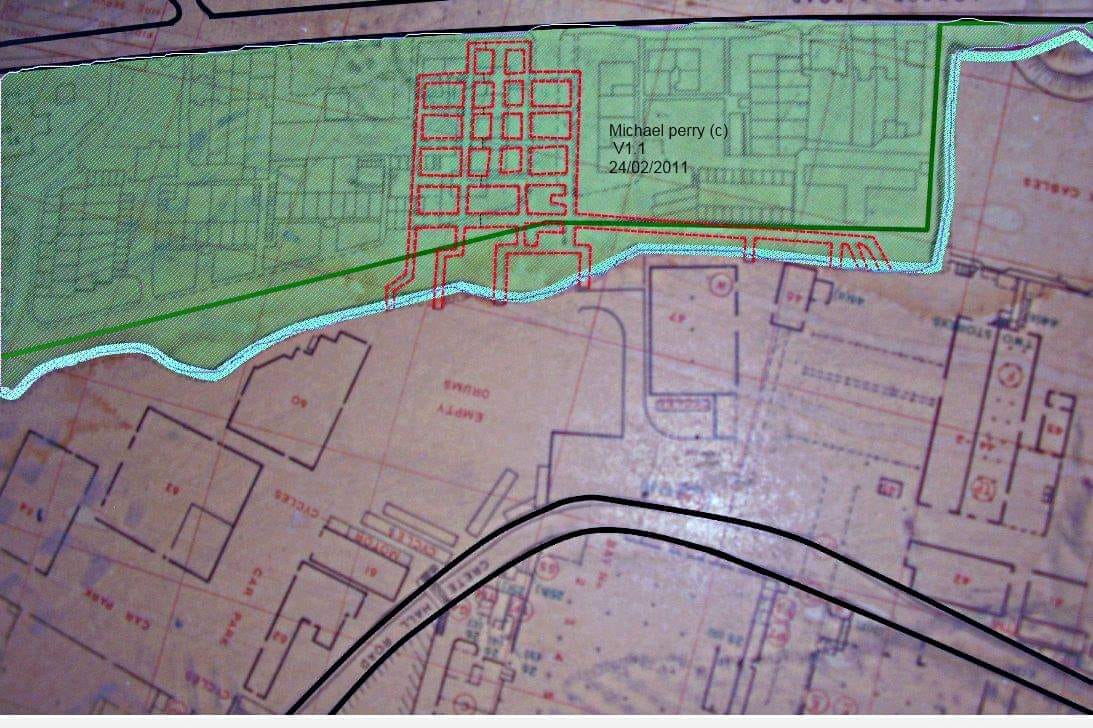
Information from TheTimeChamber.co.uk & Atlantic-Cable.com.

